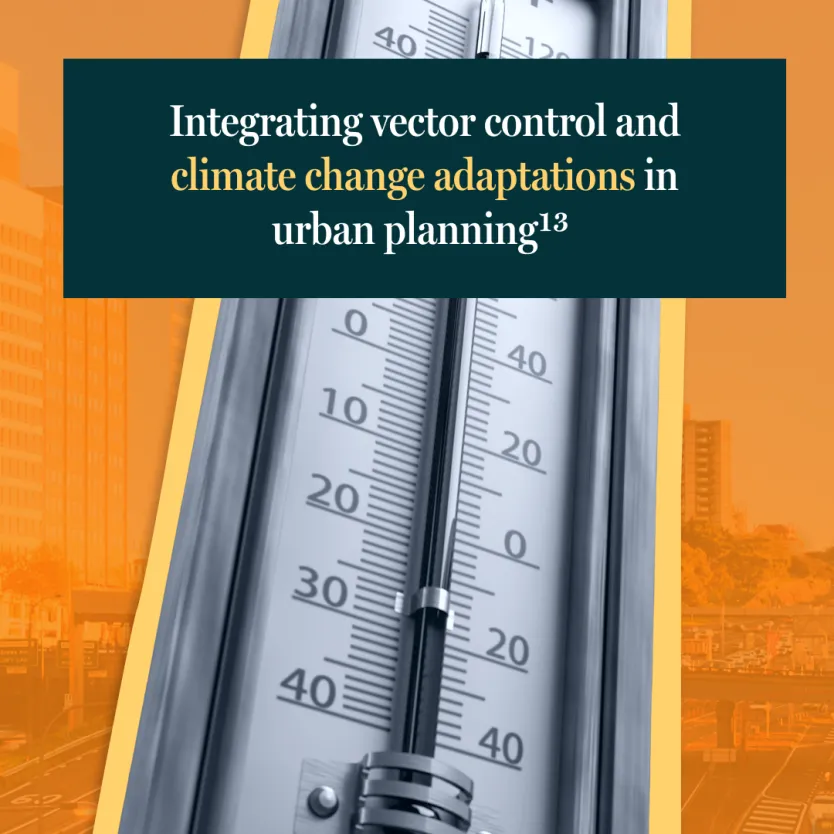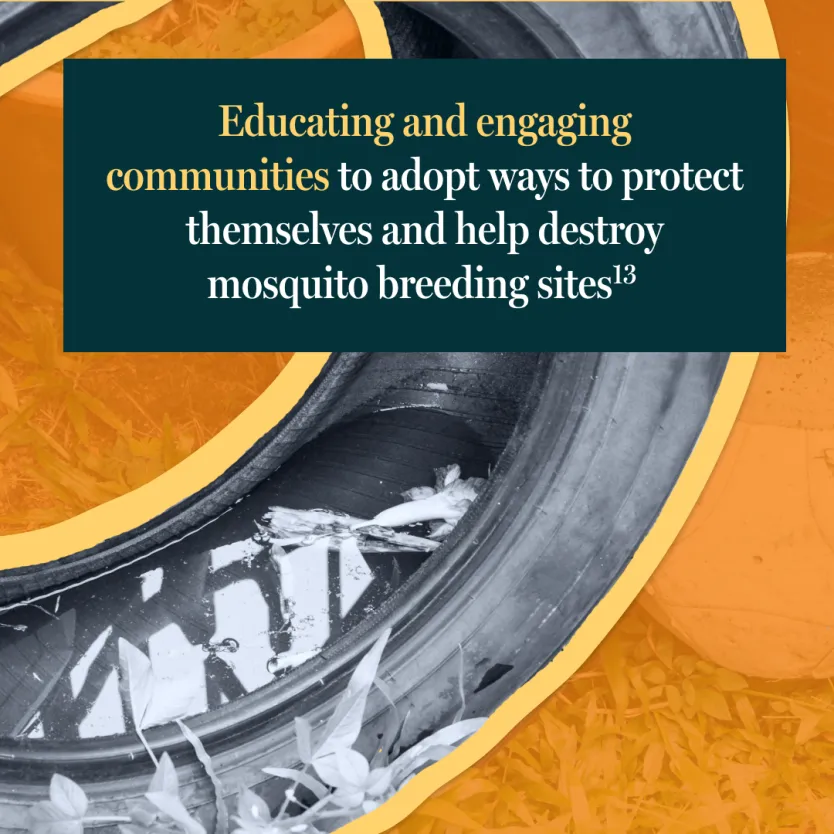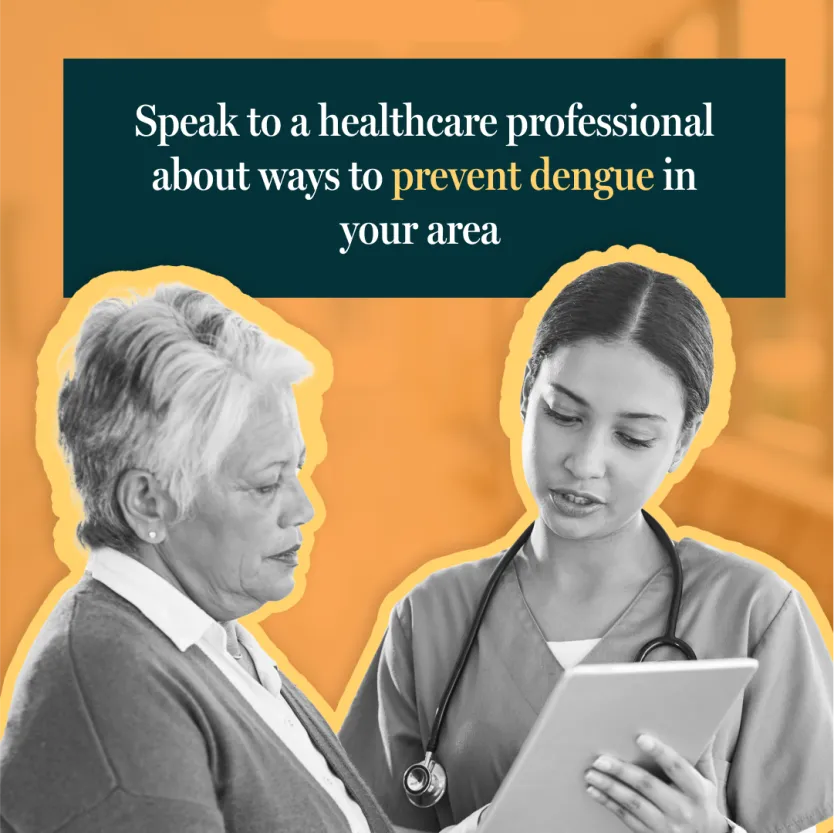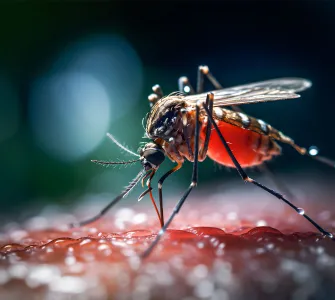Dengue is getting harder to ignore: Take action on World Dengue Day, 15 June 2025

Dengue is one of the fastest-growing global health threats,1 yet there is still no official World Dengue Day.
~Half the world’s population are now at risk of dengue infection.2 Cases are rising, with a record number of over 13 million dengue cases reported in 2024.3
Dengue is spread by mosquitoes.4 Warmer temperatures, changes in rainfall, and more humid environments are some factors helping increase the survival rate of mosquitos.4-10
Before 1970, 9 countries had experienced severe dengue epidemics11
Today, dengue is present in 100+ countries11
Join the fight for prevention and make World Dengue Day a reality!
Prevention is key
Since dengue has no specific treatment8, prevention is crucial to help control the spread.12 It’s important that long-term efforts are put in place.13
These efforts could include:
- Integrating vector control and climate change adaptations in urban planning13
- Developing antiviral drugs and medicines13
- Educating and engaging communities to adopt ways to protect themselves and help destroy mosquito breeding sites13
How can I help protect myself from dengue?
Speak to a healthcare professional about ways to prevent dengue in your area
Wear loose clothes that cover as much of your body as possible14
Use mosquito nets and repellents14
Install window screens to keep mosquitoes out of your house14
Avoid or dispose of stagnant water around your home
Visit ISNTD to find out more
References
Colón-González FJ, et al. Lancet Planet Health. 2021;5(7):e404-e414.
Centre for Disease Control. Areas with Risk of Dengue. Available at: https://www.cdc.gov/dengue/areas-with-risk/index.html. Accessed March 2025.
Centers for Disease Control and Prevention (CDC). Available at: https://www.cdc.gov/dengue/outbreaks/2024/index.html. Accessed March 2025.
Tran BL, et al. Int J Environ Res Public Health. 2020;17(4):1392.
Choi Y, et al. BMC Public Health. 2016;16:241.
Yuan HY, et al. Sci Rep. 2020;10(1):4297.
Do TT, et al. BMC Public Health. 2014;14:1078.
Rodrigues H, et al. Seasonality effects on Dengue. In: Proceedings of the 14th International Conference on Computational and Mathematical Methods in Science and Engineering, CMMSE 2014 3–7July, 2014. Available at https://repositorium.sdum.uminho.pt/bitstream/1822/37059/1/seasonality_effects_dengue.pdf. Accessed March 2025.
Polwiang S. BMC Infect Dis. 2020;20(1):208.
Azil AH, et al. Trop Med Int Health. 2010;15(10):1190-7.
World Health Organization (WHO). Available at: https://www.afro.who.int/health-topics/dengue. Accessed March 2025.
World Health Organization (WHO). Available at: https://www.who.int/about/accountability/results/who-results-report-2020-mtr/country-story/2022/community-engagement-for-sustainable-dengue-outbreak-prevention-and-control. Accessed March 2025
Dengue: the threat to health now and in the future. The Lancet. 2024;404(10450):311-311.
World Health Organization. Dengue and severe dengue. Available at: https://www.who.int/news-room/fact-sheets/detail/dengue-and-severe-dengue. Accessed March 2025.







































